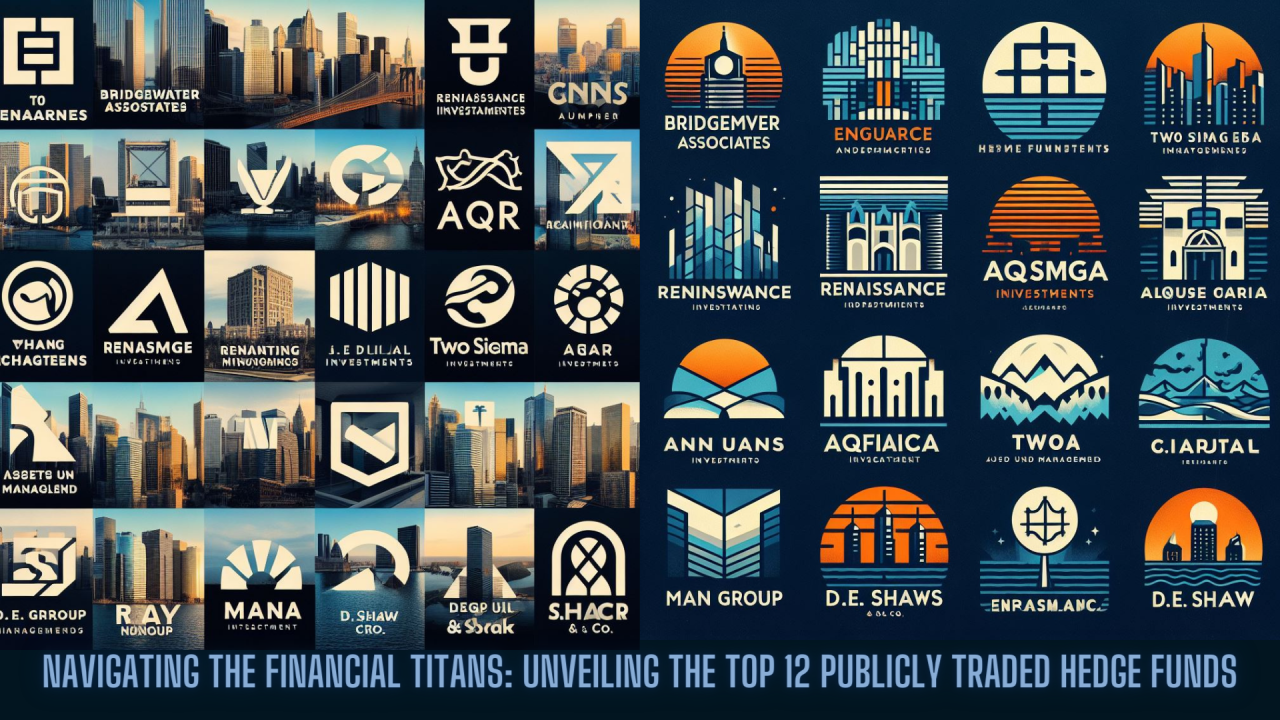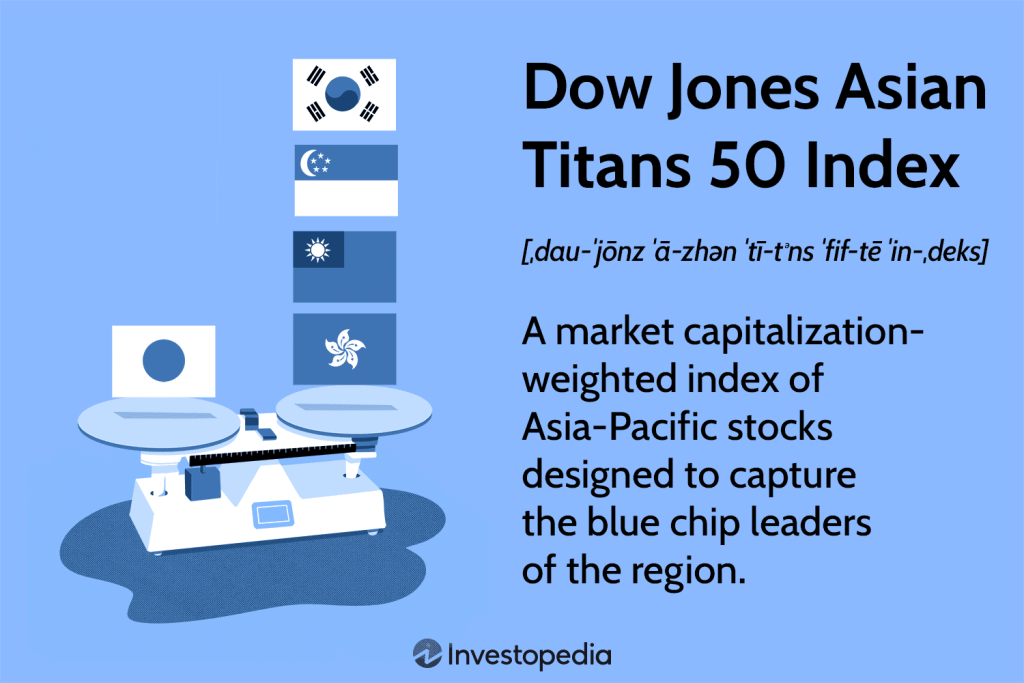The New York Stock Exchange and NASDAQ are the world’s largest stock markets by market capitalization. They lead in global finance as central hubs for trading of company shares.
Understanding the hierarchy of stock markets is essential for investors across the globe. The New York Stock Exchange (NYSE), established in 1792, has grown to become a pivotal platform for financial transactions, boasting a market cap of trillions of dollars.
Directly trailing it, NASDAQ, founded in 1971, has carved out a unique space for tech giants, facilitating electronic trading with impressive efficiency. Together, these colossal financial institutions represent the pinnacle of stock market trade, offering a barometer for the health of the world economy. They serve as the primary venues for buying and selling stocks, influencing market trends and economic policies worldwide. With their vast array of listed companies, they shape economic narratives and are undeniably crucial in connecting capital with innovation.

Credit: www.linkedin.com
Pillars Of Global Economy
Stock markets are like mighty engines in a car. They make our global economy run smooth and fast. They help countries grow and give people chances to make money.
The Role Of Stock Markets
Stock markets let people buy little parts of companies. These little parts are called shares. When people buy shares, companies get money to make new things and hire more people. This helps everyone.
Think of a stock market as a big shop for money. People come here to invest. Companies come here to grow. It’s a win-win. This shop is open to all. It never sleeps.
A Snapshot Of Market Capitalization
Market capitalization is how much all shares of a company cost. It tells us how big or small a company is. Let’s see how big some stock markets are.
| Stock Market | Market Cap ($ Trillions) |
|---|---|
| New York Stock Exchange (NYSE) | 26.64 |
| NASDAQ | 19.51 |
| Tokyo Stock Exchange (TSE) | 5.67 |
| Shanghai Stock Exchange (SSE) | 6.52 |
These numbers are like scores in a game. They show who is winning in the money world. The NYSE is like a giant in this game. NASDAQ is like a tech master. TSE and SSE are like rising stars.
Wall Street: The Financial Heartbeat
Wall Street thrums with the pulse of big finance. Giants of trade call it home. Brokers and traders weave wealth day in, day out. It’s a bustling hub where fortunes swell and shrink. The street echoes with the clatter of commerce, powering not just a city, but a nation and beyond. Here, two colossal stock markets stand out: The NYSE and NASDAQ.
The Dominance Of Nyse
The New York Stock Exchange (NYSE) is a towering giant in global trade. Its name alone commands respect. Its history stretches back to 1792. Now, it stands as a beacon of financial influence and power.
- Leading in Market Capitalization: NYSE overshadows others in sheer economic might.
- Home to Blue Chips: The biggest companies lay their foundations here.
- Global Impact: Movements here send ripples across the globe.
Nasdaq: Tech Powerhouse
The NASDAQ shines as a tech juggernaut. Founded in 1971, it embraces the future. It’s the preferred home for innovators and disruptors. The Silicon Valley and other tech regions inflate their sails through NASDAQ.
- Technological Champions: Where tech giants come to play.
- Electronic Trading: Pioneering digital trades since inception.
- Innovation Centered: A haven for growth and visionary ideas.
Asian Giants: Emerging Contenders
Asia, a vibrant hub for finance, features some of the world’s fastest-growing stock markets. Countries like China and Japan are not merely players—they are leaders setting the stage for global finance. Let’s delve into the compelling stories of the Shanghai Stock Exchange’s ascent and the Tokyo Stock Exchange’s vast influence.
Shanghai Stock Exchange’s Rise
The Shanghai Stock Exchange (SSE) has catapulted to new heights. Its rapid growth reflects China’s booming economy and commitment to modern finance. With innovative companies flocking to list, the SSE is a powerhouse of potential.
- Founded in 1990, showing China’s modern financial evolution.
- Home to tech giants, boosting its global standing.
- The Star Market encourages high-tech IPOs, mirroring tech-focused NASDAQ.
Tokyo Stock Exchange’s Influence
Over in Japan, the Tokyo Stock Exchange (TSE) shapes Asia’s economic landscape. As one of the oldest and largest exchanges, it has a storied reputation for stability and growth.
| Founded | Market Capitalization | Key Points |
|---|---|---|
| 1878 | Trillions in USD |
|

Credit: www.pcmag.com
Europe’s Market Movers
Europe boasts some of the world’s most dynamic stock exchanges. Trading floors across the continent buzz with activity, shaping economies and impacting global markets. Europe’s exchanges offer a gateway to a diverse range of industries, from automotive giants to luxury fashion brands. Let’s dive into the key players that make Europe a financial powerhouse.
Euronext PanoramaEuronext Panorama
Euronext stands tall as a continental leader. As a pan-European exchange, it combines multiple countries under one market infrastructure. Key metrics include:
- Extensive stock listing diversity.
- Dynamic market capitalization.
- Robust trading platform across Europe.
With locations in cities like Amsterdam, Brussels, and Paris, Euronext provides access to a large investor base. This market is crucial for European economic trends and investment opportunities.
The London Stock Exchange GroupThe London Stock Exchange Group
The London Stock Exchange Group stands as a global financial hub. It boasts a rich history and remains central to UK’s economic pulse. Key highlights include:
| Asset Class | Market Share | Global Impact |
|---|---|---|
| Equities | Large | Significant |
| Bonds | Varied | Extensive |
| Derivatives | Growing | Increasing |
As a marketplace for a wide variety of financial instruments, The London Stock Exchange continues to influence global finance. Its mergers and partnerships have expanded its reach, making it indispensable for investors worldwide.
Comparative Analysis
The dynamic world of stock markets is a spectacle of competition and growth. To understand their influence, a comparative analysis is essential. It highlights how markets differ in liquidity and size, and how sectors within them thrive. Let’s dive into this comparison.
Market Liquidity And Size
Market liquidity and size tell us how easy it is to buy or sell stocks without affecting price.
- High Liquidity: Trades complete fast, with little impact on stock prices.
- Large Market Size: Shows strong investor confidence and a robust trading environment.
The New York Stock Exchange (NYSE) stands out for its massive daily trading volume. In contrast, smaller markets may offer less liquidity, making trades slower or more impactful on stock prices.
| Stock Market | Daily Trading Volume | Market Capitalization |
|---|---|---|
| NYSE | $50 billion+ | $25 trillion+ |
| NASDAQ | $20 billion+ | $15 trillion+ |
| Tokyo Stock Exchange | $5 billion+ | $6 trillion+ |
Sectoral Strengths And Differences
Each stock market shines in certain industries. These strengths make each unique.
- Technology: NASDAQ is the hub for tech giants like Apple and Google.
- Financial Services: NYSE hosts major banks like JPMorgan Chase.
- Manufacturing: Tokyo Stock Exchange is robust with manufacturing firms.
Investors use this information to choose markets aligned with their portfolio goals. For example, technology investors often turn to NASDAQ for its tech-heavy lineup.

Credit: www.thesoftwarereport.com
Influence On Global Investors
The world of investing extends far beyond borders, attracting global investors to the heart of financial trading – the biggest stock markets. These giants not only set the pace for worldwide trading but also heavily influence strategies employed by international investors.
Investment Strategies
Global investors navigate through diverse options to bolster their portfolios. Strategies range from conservative blue-chip investments to aggressive growth stocks trading. Here’s how influencers shape these strategies:
- Industry trends determine buy or sell decisions.
- Economic reports guide long-term investment planning.
- Market leaders’ performance offers a benchmark for strategy adjustment.
These strategies are tailored to fit individual risk tolerances and financial goals. Investors often rely on the strength and stability of the largest stock markets to inform their approach.
The Impact Of Market Fluctuations
Stock market fluctuations are a daily reality, and the repercussions are felt globally. Investors remain vigilant, knowing that a ripple in one economy can swell into a wave across the continents.
Here is a glimpse of how market shifts can impact investments:
| Market Event | Investor Response |
|---|---|
| Interest Rate Changes | Rebalance portfolios toward interest-sensitive stocks |
| Corporate Earnings | Review and adjust stock positions |
| Political Instability | Seek safety in stable, less volatile markets |
Investors rely on historical data, real-time analytics, and future projections to thrive amidst market changes. Preparation and adaptability sit at the core of their tactics.
Frequently Asked Questions For Biggest Stock Markets
What Is A Stock Market?
A stock market is where buyers and sellers trade equity securities, such as stocks, and often refers to exchanges where transactions are conducted.
How Many Stock Markets Exist Globally?
There are over 60 major stock exchanges worldwide, with varying sizes and market capitalizations.
Which Stock Market Is The Largest?
The New York Stock Exchange (NYSE) is the largest stock market by market capitalization.
What Factors Affect Stock Market Performance?
Economic indicators, company news, political events, and market sentiment are key factors influencing stock market performance.
Can Individuals Invest In Stock Markets?
Yes, individuals can invest in stock markets typically through brokerage accounts.
What Are Emerging Stock Markets?
Emerging stock markets refer to exchanges within developing economies that are becoming more significant globally.
How Do Stock Markets Impact The Economy?
Stock markets facilitate capital formation, influence monetary policy, and are indicators of economic health.
What’s The Role Of Stock Market Indices?
Stock market indices track the performance of a specified section of the market, aiding investors in benchmarking and decision-making.
When Do Stock Markets Open?
Stock markets usually open on weekdays during business hours, but trading hours vary by exchange and country.
Is Stock Market Trading Regulated?
Yes, stock market trading is regulated by financial authorities to maintain fair practices and protect investors.
Conclusion
Navigating the vast landscape of global stock markets is a thrilling journey. We’ve explored titans like the NYSE, NASDAQ, and Tokyo’s TSE, each a hub of financial activity. Remember, these markets shape economies and investment strategies worldwide. Armed with this knowledge, investors can make informed decisions, poised to capitalize on the dynamic world of stocks.
Let their potential inspire your next financial move.
